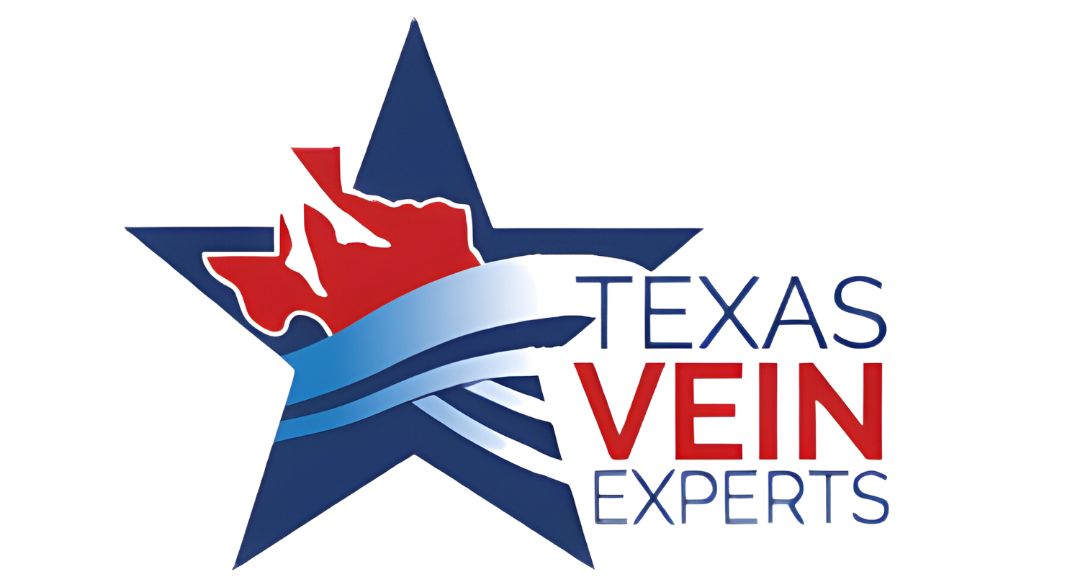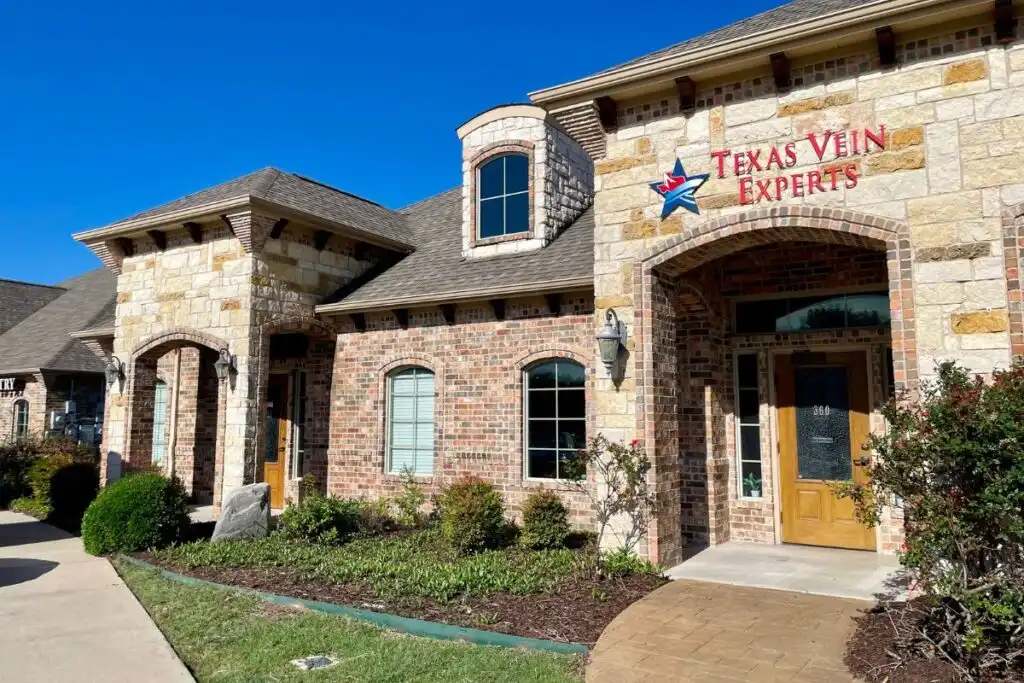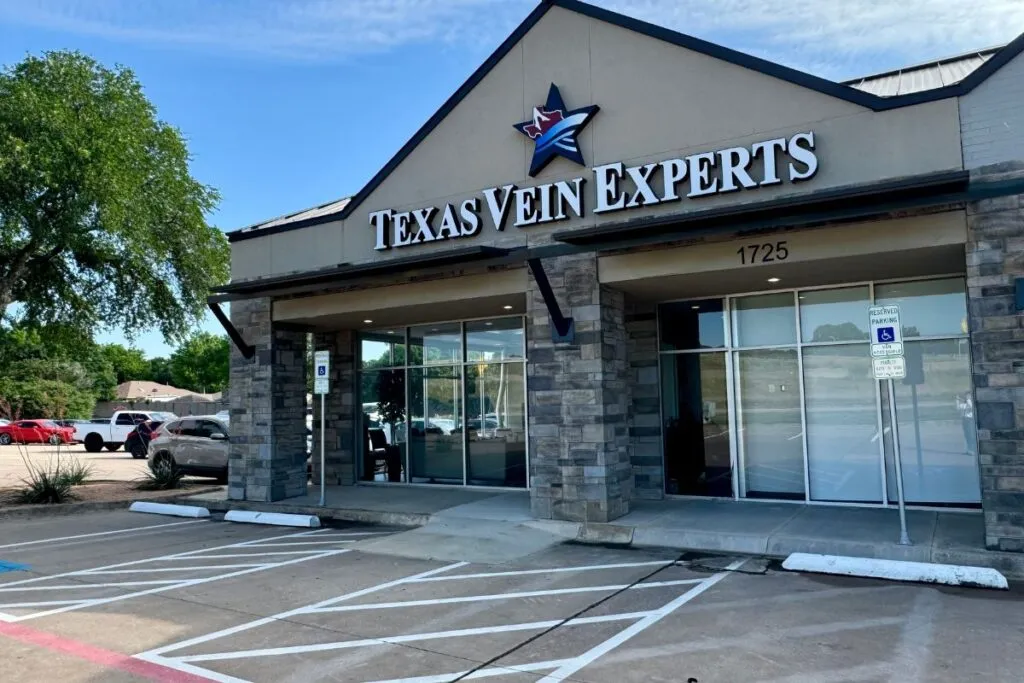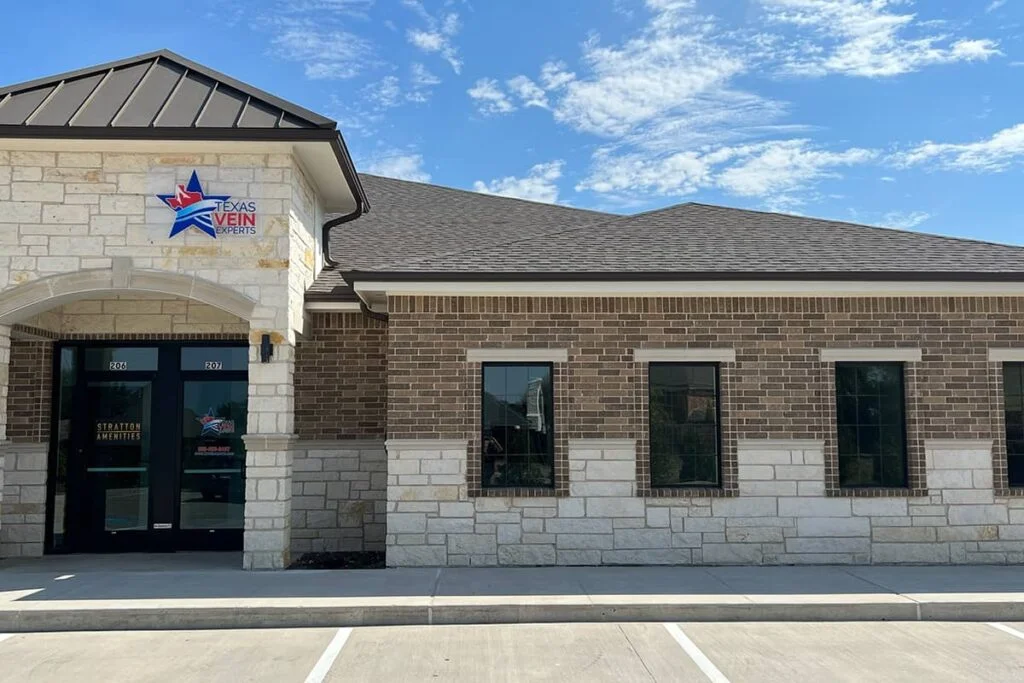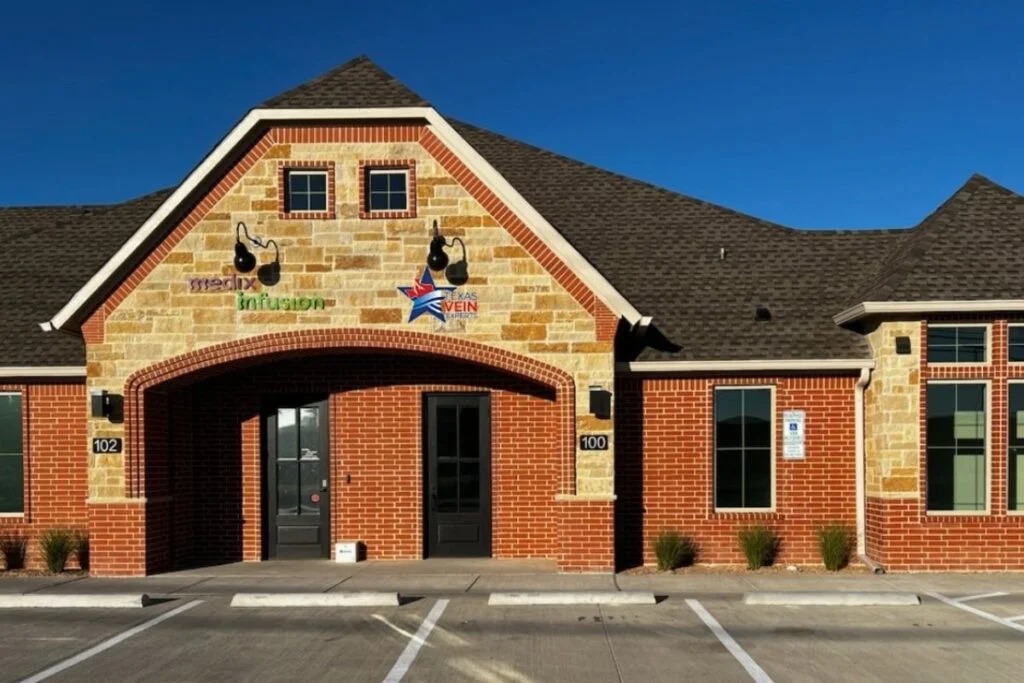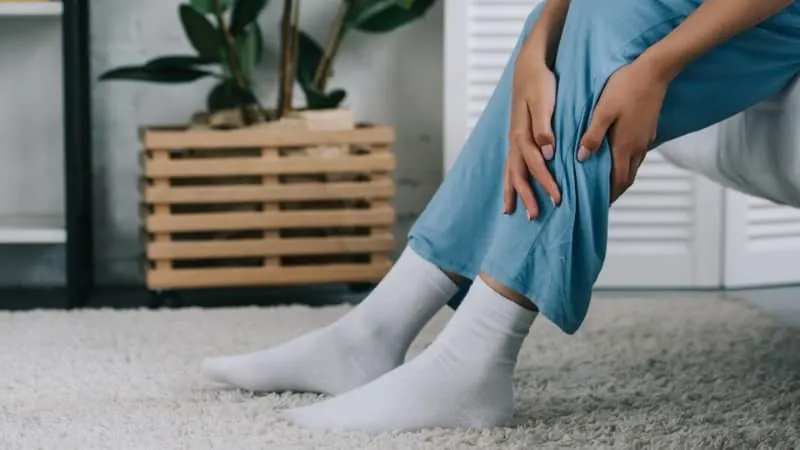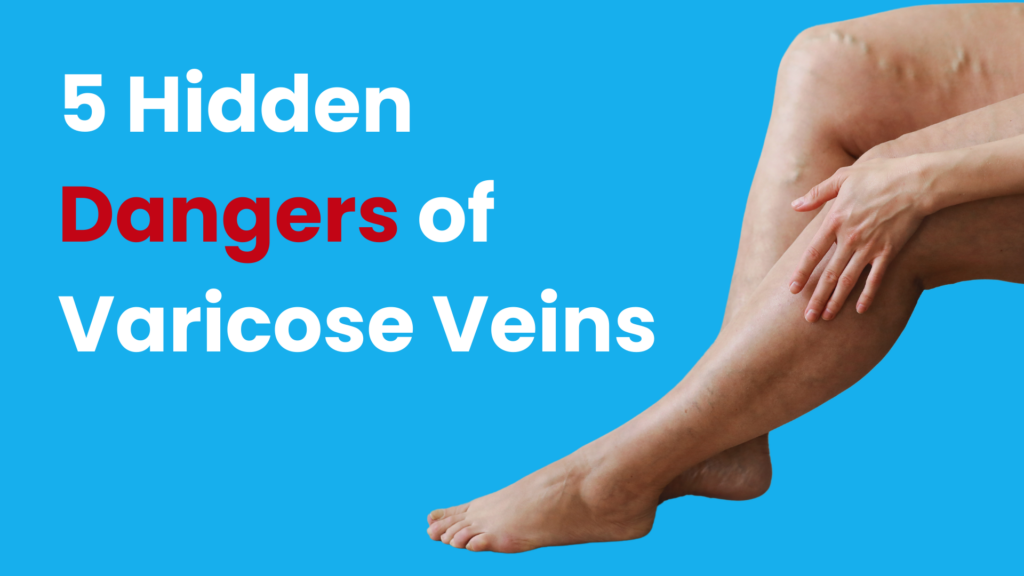Texas Vein Experts
Overcome leg pain & embarrassment with the latest technology and minimally invasive procedures.
- 20,000+ Successful Treatments
- 5,000+ Happy Patients
- 8 Convenient Locations
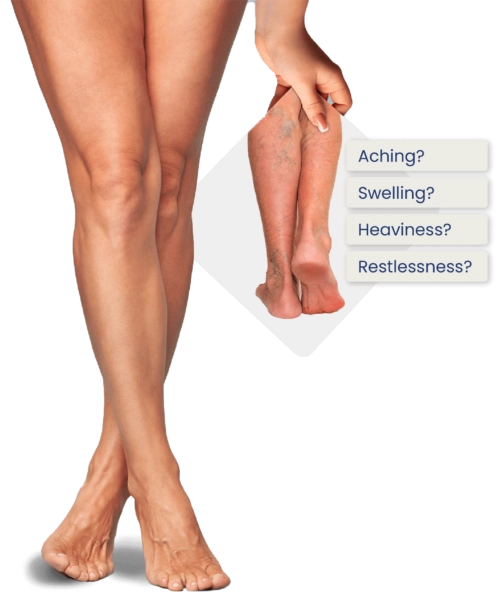
There’s no reason you need to live with
aching, tired, or swollen legs with visible veins.
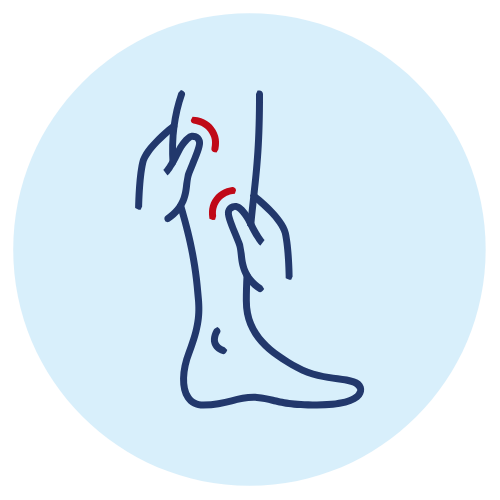
Leg Pain / Aching / Cramping
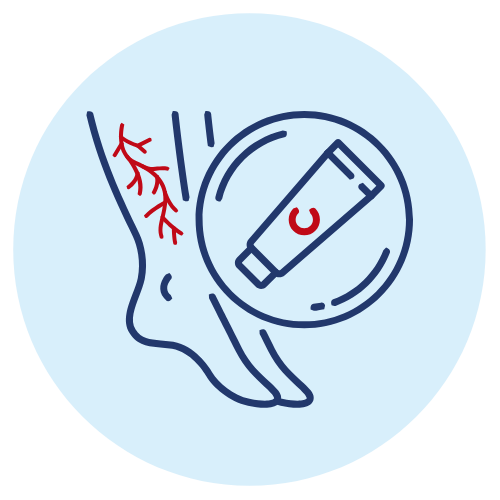
Skin Changes / Discoloration
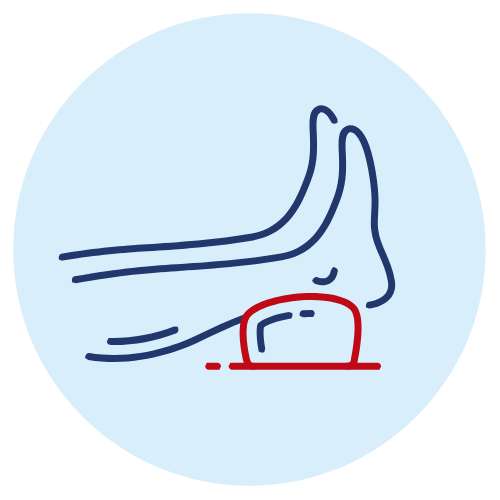
Leg or Ankle Swelling

Leg Heaviness & Fatigue
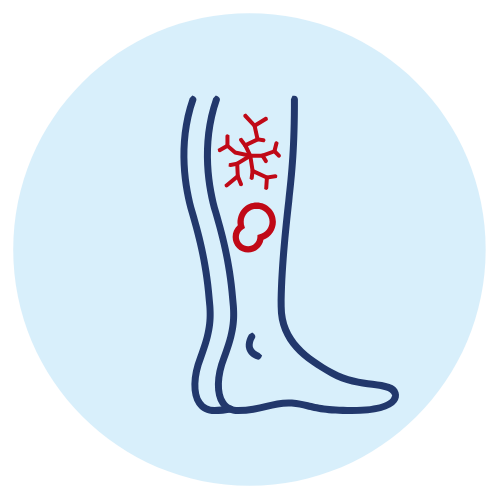
Ulcers / Sores / Open Wounds
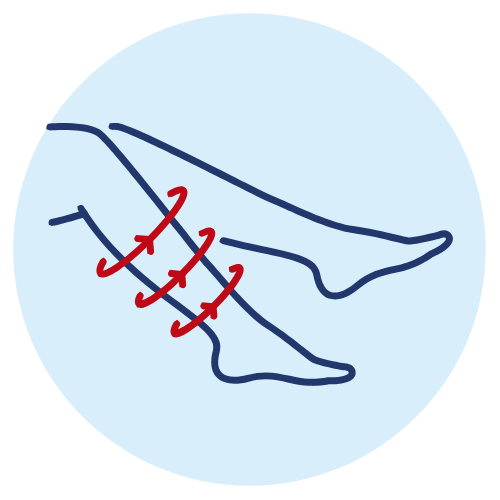
Restlessness in
the Legs
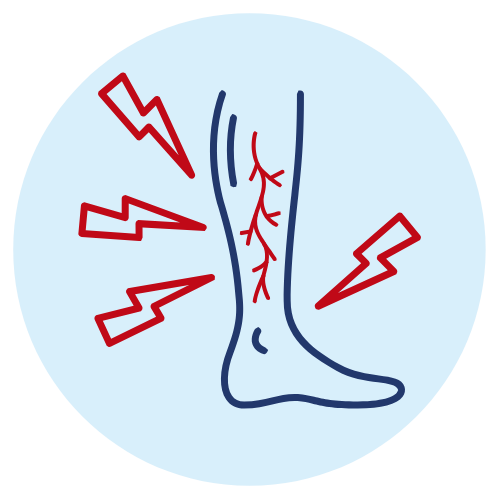
Tingling or
Burning in Leg
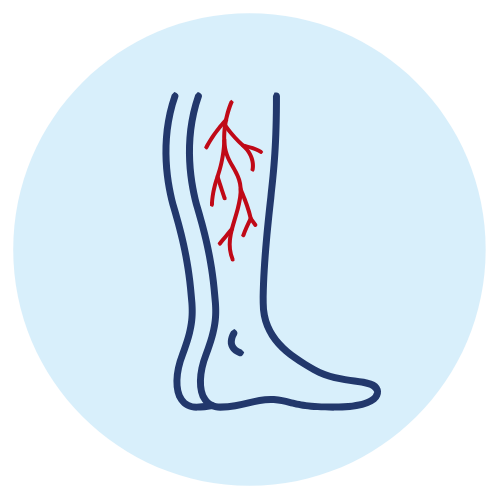
Varicose and
Spider Veins
Get relief today.
Why Choose Texas Vein Experts?
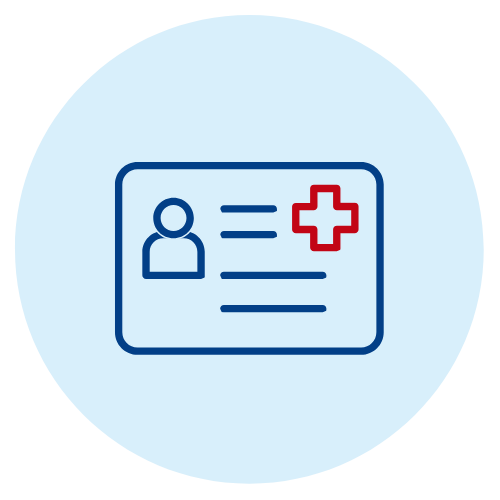
Insurance
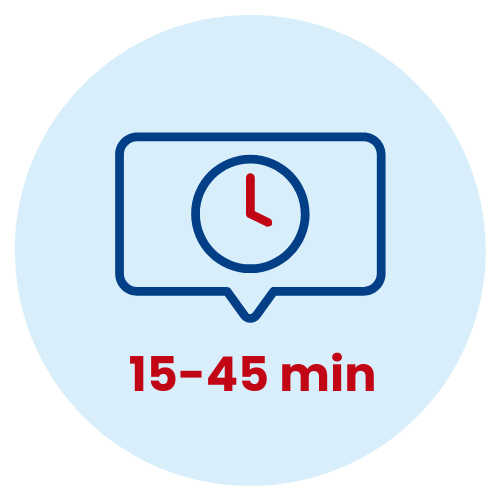
Fast Treatment
Your varicose-vein-free journey can start with treatments that only take 15-45 minutes.
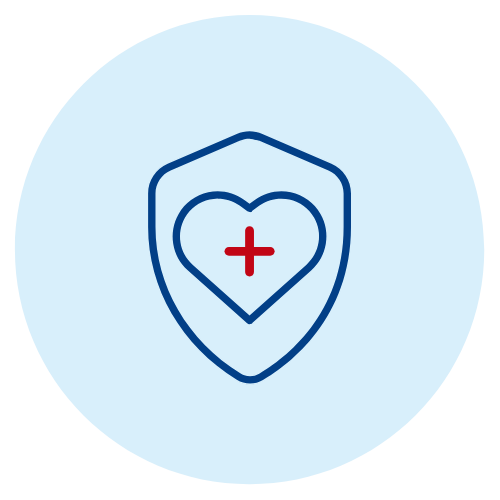
Pain-Free
Equipped with the latest cutting-edge vein treatments that are minimally invasive and pain free!

Fast Recovery
Most of our patients return to their normal day-to-day activities post-venous treatments!
Trust the care of your veins to the
Best Vein Specialists in Texas
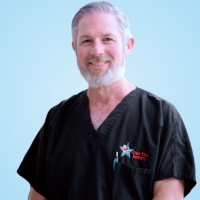
Dr. Scott Powell
MD
View Bio
Dr. Powell is a graduate of UTMB medical school. He did a five-year surgical residency at the University of Florida, and is a board certified general surgeon. He has practiced in Texas since 2003, and since 2011 has specialized in the treatment of venous disorders.
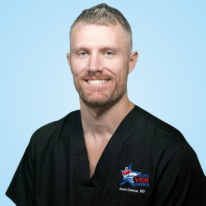
Dr. Aaron Chance
MD
View Bio
Aaron B. Chance, MD, is a dedicated physician specializing in venous insufficiency. A graduate of the McGovern Medical School in Houston, he trained under Dr. Scott Powell, a leading expert in venous care. As Medical Director of Texas Vein Experts in Houston, Dr. Chance provides minimally invasive treatments that enhance comfort, mobility, and quality of life with minimal downtime.
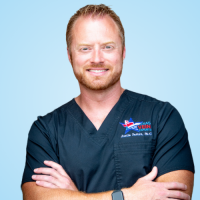
Justin Patten
MPAS, PA-C
View Bio
Justin Patton is a graduate of Texas A&M University and UNT Health Science Center where he earned a Masters in Physician Assistant Studies. Since graduating in 2014, he has specialized in orthopedic pain management and, more importantly, the treatment of venous insufficiency.
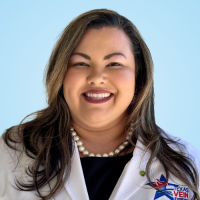
Courtney Thompson
AGACNP-BC
View Bio
Courtney Thompson is a graduate of Texas Christian University with a Bachelor’s degree in the Science of Nursing. She received her Master’s of Science degree as an Adult Gerontology Acute Care Nurse Practitioner from Walden University.

Bradley Howe
PA-C
View Bio
Bradley Howe graduated from the University of New Orleans with a Bachelor’s degree in Biology. He then worked in New Orleans as an EMT and Paramedic for 4 years before pursuing his Master of Science in Physician Assistant Studies from the University of Alabama at Birmingham.
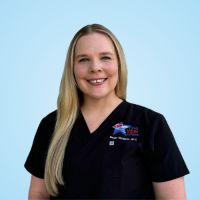
Megan Mongeau
FNP
View Bio
Megan Mongeau is a graduate of the University of Arkansas with a Bachelor’s degree in the Science of Nursing. She received her Master’s of Science in Nursing degree as a Family Nurse Practitioner from Texas Woman’s University. She has worked in the healthcare field for nearly 10 years now, and being able to care for people is her true passion. Since graduating she has found a passion for treating underlying medical issues related to venous insufficiency. Megan looks forward to delivering high quality compassionate care to patients of Texas Vein Experts.

Jesus Irsula
FNP-C, FNP-BC
View Bio
Jesus Irsula earned his Doctor en Medicina degree in Havana, Cuba, before transitioning to nursing in the U.S. He completed his Master’s in Family Medicine in 2022 and holds dual board certifications in his field. With experience in pediatric care, weight loss management, and family medicine, he now specializes in venous insufficiency treatment at Texas Vein Experts. Jesus is dedicated to providing compassionate, patient-focused care, helping patients improve their circulatory health and overall well-being.
Top Rated Vein Clinic in Texas
Also, the staff are respectful, attentive and friendly.
My wife and i really appreciate everyone at Texas Vein Experts!
🤗
I recommend Texas Vein Experts to anyone that is having problems with varicose veins and all the assistance were very friendly and caring and very helpful.
Here’s what to expect
Vein Treatment Process
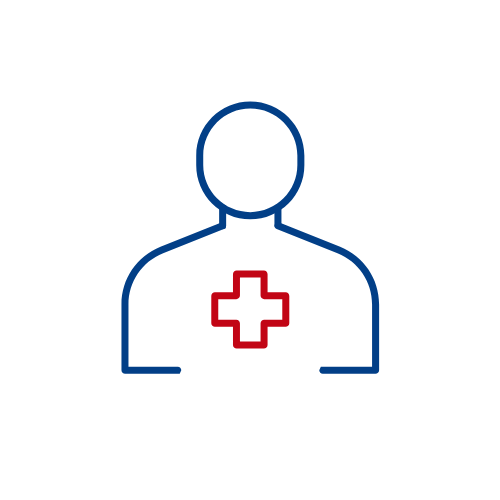
1. Consultation
Your first visit includes a consultation with one of our providers and their expertly trained team.
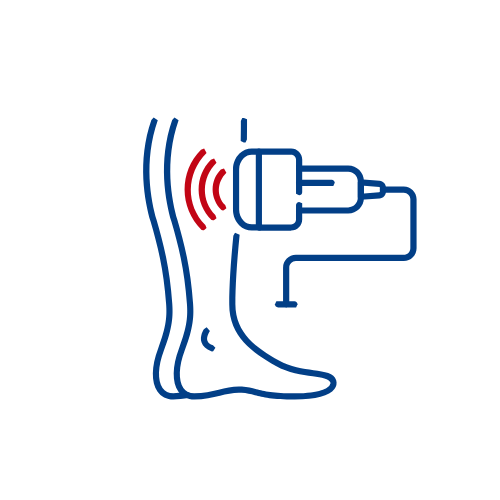
2. Ultrasound
After the consult, we move on to the assessment and provide an accurate diagnosis. You will get the same day ultrasound and results on site while you see the provider.
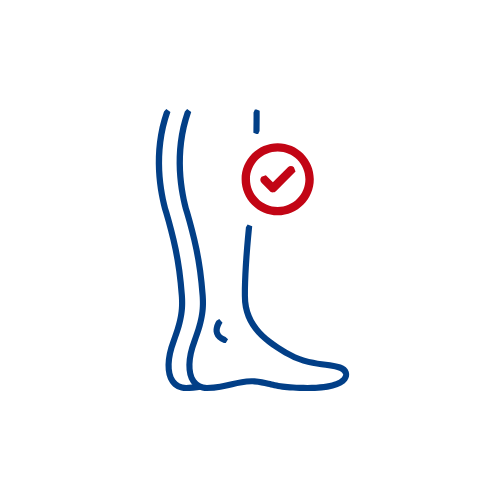
3. Treatment Plan
After we conclude our assessment, you will receive a custom treatment plan based on your needs and outcome goals.
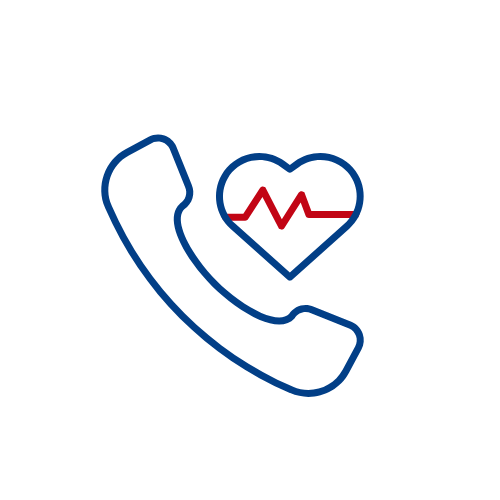
4. Live an Active Life Again
Get back to doing the things you love most. Get back to being active and enjoy the way you feel.
Get relief today.
We have a vein center nearby
Four Vein Centers in DFW
Four Vein Centers in Houston
Why you shouldn’t wait to get
Treatment for Varicose Veins
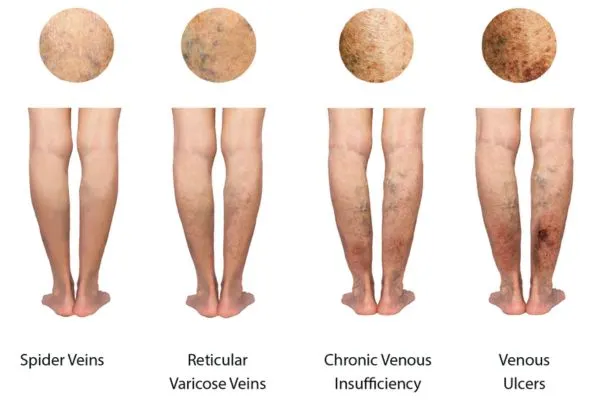
1. Symptoms Worsen Over Time
Vein disease is progressive, meaning its symptoms can become more severe over time and can result in serious issues.
2. Misdiagnosed
3. Easily Treated
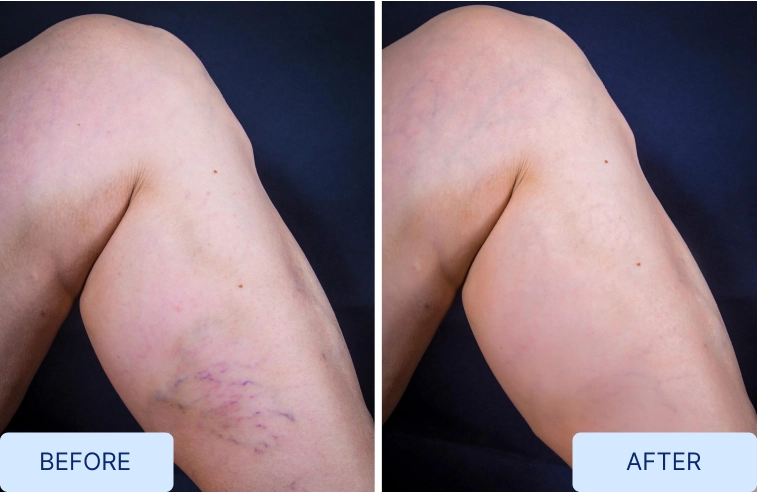
“This was an amazing painless vein treatment experience. Dr Scott Powell and Edgar put me at ease, worked like clockwork to do the procedure, communicated with me every step of the way then wrapped my leg and gave me guidance for the next few days. Their skills were truly outstanding!“
– Brenda
Trusted by Thousands of Patients Across Texas
With over 20,000+ successful treatments, you can trust you’re in good hands.
Is It Vein Disease?
Vein Disease Videos
What is Vein Disease?
Dangers of Varicose Veins
How We Treat Vein Disease
Frequently Asked Questions
In your leg, you have two sets of veins. They are called deep veins and superficial veins.
Deep veins are in the deeper part of the leg where the muscles are, and superficial veins are right under the skin.
In a normal person, the blood would circulate from the feet towards the heart in both sets of veins.
When someone has a venous insufficiency the blood will actually go up the deep veins and then go backwards into the superficial vein.
The blood will start pooling in the superficial veins.
Since the superficial veins are closest to the skin, they will start to bulge and create varicose veins. They are often bluish or purple in color.
Spider Veins are essentially a smaller version of varicose veins. They are red, purple, and blue vessels that are also twisted and turning. They are most often seen on the legs, chest, or face.
No. Varicose veins can occur deeper in the leg, where one can’t see them. Varicose veins are classified under the spectrum of venous insufficiency disease.
Venous insufficiency disease causes leg discomfort, swelling of the ankles and leg, itching, and weariness. Other signs and symptoms may be prickling, cramping, aching, and heaviness of the lower limbs after prolonged standing.
Keep an eye out for these symptoms besides simply visible veins.
In short, no. Exercise and compression stockings may help reduce some of the symptoms of varicose veins, but usually only medical treatment can effectively get rid of a varicose vein.
Progression of varicose veins can be dangerous as they may later become venous ulcerations. When left without treatment, complications may ensure including rashes, infections, bleeding, sores, and blood clots.
In rare cases, varicose veins can cause deep vein thrombosis (DVT) and pulmonary embolism which is life-threatening.
Most major insurance and many others… Please give us a call.
1) Consult – We first start you with a consultation where you will be listened to and encounter a friendly staff that will make sure you get the best care. That care will come from Dr. Powell and his expertly trained team, and will include a provider and an ultrasonographer on the first visit.
2) Ultra Sound – After the consult, we move on to the assessment where we provide you an accurate diagnosis. You will get the same day ultrasound and results on site while you see the provider. This will get you back to life as swiftly as possible.
3) Treatment Plan – After we conclude our assessment, we will provide you with a treatment plan.
There are many different options such as ClosurefastTM radiofrequency, VenasealTM , sclerotherapy, pneumatic compression, and more. We will ensure that you get the perfect customized treatment based on your needs and outcome goals.
Learn more by visiting “Our Process” page or by clicking here.
It is normal to have some minor discomfort during the procedure. We will do everything that we can to make this as relaxing and comfortable of an experience as possible.
After the procedure, patients may experience minor bruising or discomfort in the area of the treated vein, that normally resolves in 3-4 weeks.
Overall, patients report via minimal pain / discomfort and are able to go back to doing the things they love.
Patients usually return to work and activities the very same day.
Very little downtime is needed for our treatments.
